Stargazing, grazing animals and yurts — there is no wrong turn for those looking to escape from modern life, Fang Aiqing reports in Ulaanqab, Inner Mongolia.
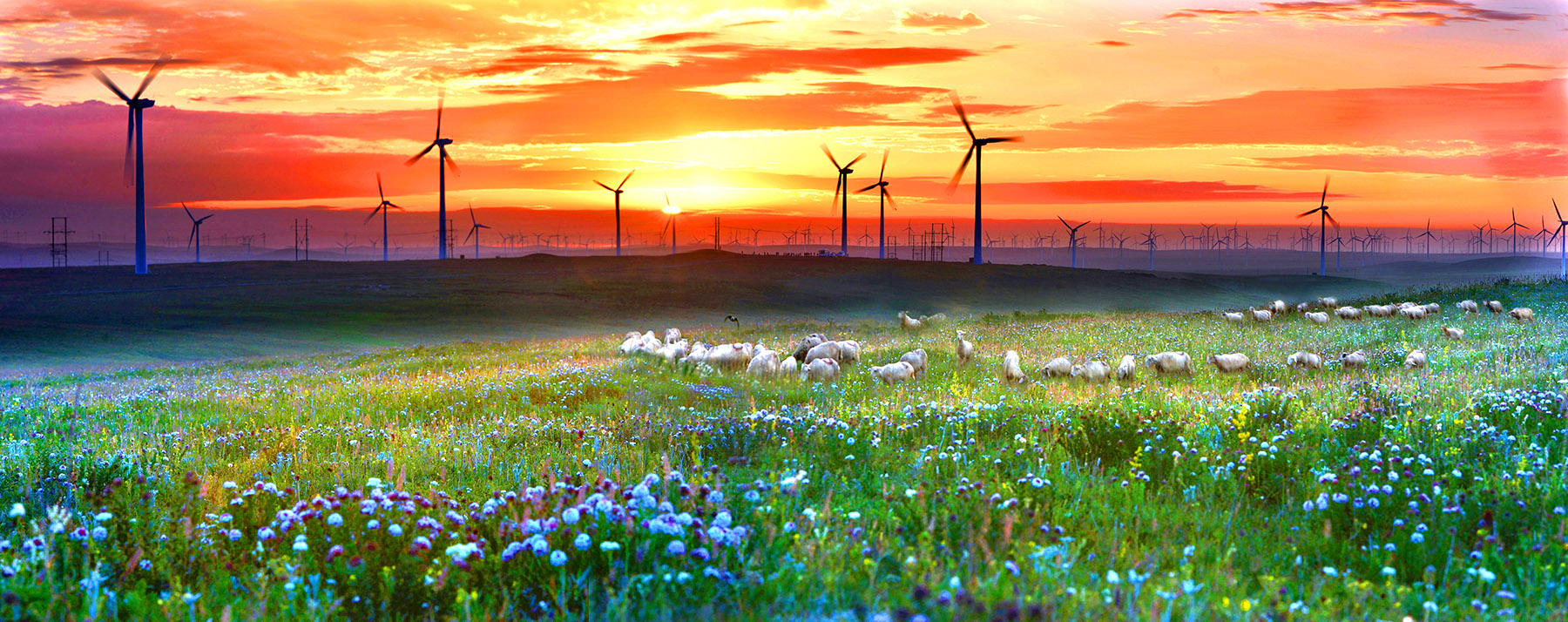
I was born and raised in Jiangnan, which encompasses the southern regions in the lower reaches of the Yangtze River. The picturesque freshwater lake and mountain views of my hometown, and the lushness and moisture I've grown so accustomed to often have me dreaming of exile in a grander landscape — the boundless sea, a desert or a grassland, to name a few.
Years ago, I visited the Gobi Desert in Northwest China. As I ventured resolutely toward the outskirts of the scenic area to grab an ephemeral moment of being enveloped by the wilderness, I realized the sand and wind evoked a similar feeling to the ebb and flow of sea waves, which made me hear Sergei Rachmaninoff's Piano Concerto No 2 in C Minor, Op 18, particularly its third movement, in my head.
Then it was the grassland's turn. Earlier in July, I spent a week in North China's Inner Mongolia autonomous region, traveling with colleagues to Ulaanqab, Hohhot and the Xiliin Gol League.
I was only able to explore a tiny fraction of the vast land, yet the long hours on the road conjured in my mind a carnival of voices and thoughts parading through the limitless green expanse.
READ MORE: Tradition meets modern thrills
Endless grassland spread beneath the sky's blue embrace, where clouds seemed to drift just above my head, casting moving shadows that my outstretched hands welcomed. Despite the possibility of ascending, I had no desire to ride the clouds because my thoughts remained tethered to the earth.
Things were ever-changing — at times, when we raced along the way, dark clouds loomed on the left side of the road while the clear sky stretched for miles to the right.
We rarely lamented rectifying our wrong turns and finding the right path.
During one of these wrong turns, before backtracking, I encountered one of the most stunning views. An untamed meadow sprawled before us with the dual-lane highway extending through to the horizon. No other people or vehicles came into view, only spinning wind turbines.
Free spirits were everywhere. Once a storm arrived, raindrops would decide their own path and bestow a blessed water source upon a variety of grassland species.
Washed clean of their sun-scorched wilt, the grasses perked up. Although they appeared similar, closer inspection revealed remarkable diversity. I was tempted to take a bite of one particular variety that held a sweet fragrance — and I could hardly blame the grazing cows, sheep and horses, who seldom bothered to meet my gaze.
Following a stormy night, as we resumed our morning journey, we were almost held back by a large puddle. A herd of sheep passed by unobstructed, completely indifferent to our concerns as we hesitated, fearing our vehicle might become trapped in the pooled water.
Two sheep then sped toward us, rushing to witness our cowardice as we found ourselves in a prolonged standoff with oncoming vehicles, each waiting for the other to take the lead and scout the way.
We won the patience competition. The puddle's depth rose above the door of our car, and muddy water covered our vehicle like a badge of honor.
I was still savoring the previous night spent at the stargazing camp from which we'd just left. There, one can enjoy a distant view of the Ulanhada volcanic geopark in Ulaanqab's Qahar Right Wing Rear Banner.
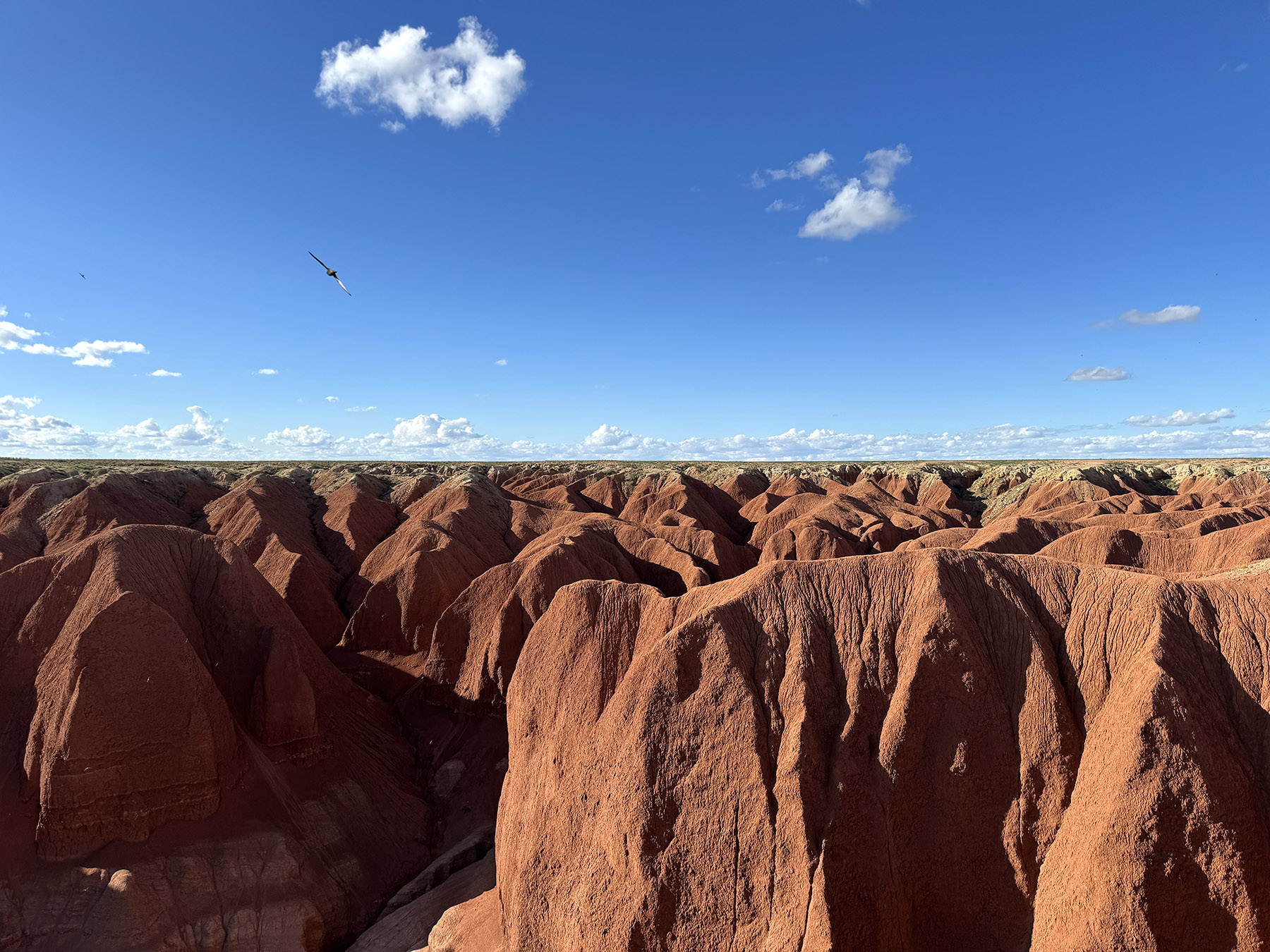
Universal appeal
Due to the weather conditions, we barely saw any stars, not even the lightning that sometimes served as a substitute to the camp visitors.
The sky eventually showed mercy, though. During a brief respite between two rain showers, the wind parted a corner of the clouds to unveil three stars from the Big Dipper, with Altair on the other side.
A beam of light pointing toward the stars, emitted from camp owner Fu Caifeng's laser pointer, drew me closer to them. Fu says that, in the past, the Big Dipper and North Star were particularly important for navigating night travel across the expansive grassland.
Listening to Fu explain how she guided visitors to appreciate the starry sky on clear nights in her Ancient Greek-style theater, I couldn't help but imagine the spectacle those stars hidden behind the clouds would have exhibited had the weather been better.
An astronomy and camping enthusiast, Fu accidentally discovered this heavenly stargazing location. Over the past six years, she gradually built The Galaxy Plan camp, which offers astronomy observations, stargazing and relevant study tours. She also livestreams celestial phenomena such as meteor showers on social media platforms.
She compares accumulating knowledge about the stars and the experience of stargazing to the grassland herders who can distinguish each of their animals even though they appear the same to others.
In the rain, I joined Fu and Liu Wei, a 41-year-old teacher from Ganzhou, Jiangxi province, who traveled with her family to view the stars far from city lights, yet failed, like me.
What stars are visible in the summer sky? When is the best time for stargazing? Will moonlight affect stargazing? Why are we able to see the Milky Way even though we're part of it? The topics transitioned seamlessly from one to another.
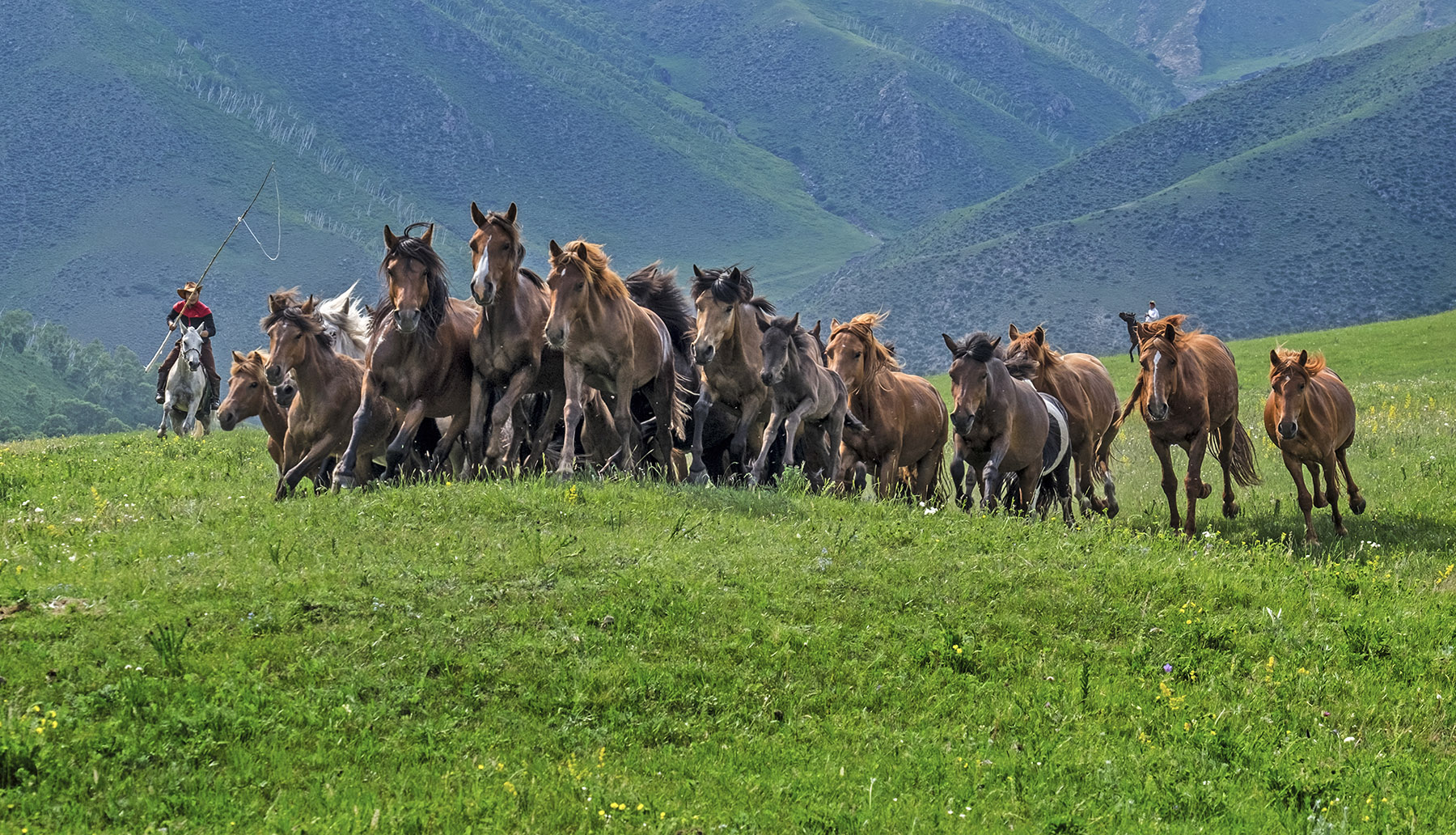
Fu explains that each planet in the solar system has its own fate. Uranus spins on its side. On Venus, the sun rises in the west, and a day is longer than a year. To our knowledge, only Earth teems with life. Small changes in its distance from the sun can result in us being either scorched dry or unable to sustain water, as it would freeze.
"Our solar system resides in a remote corner of the Milky Way, far from the tumultuous battles between stars and untouched by the grasp of black holes. In this desolate place, Earth has nurtured a flourishing civilization. Everything is miraculously just right," she adds.
From children to the elderly, stargazing holds universal appeal. The starry sky encapsulates the inherent romance within the soul.
Liu reminisced about a summer night in Wuyuan county, Jiangxi, the year she graduated from college. So many twinkling stars filled the sky, it seemed to overflow as if they might come tumbling down. She says it feels increasingly difficult to come across such a scene since.
Both Liu and I miss our childhood days when there was little modern entertainment and our hometowns had not yet been filled with tall buildings and dense, intrusive lights — a time when it was natural to see stars in the night sky.
Liu says she took her daughter, who just graduated from primary school, to the camp, hoping to share her passion for stars and give some basic astronomy education via a guided stargazing experience.
The next generation is growing up in a distinctly different environment. Amid school pressures, they tend to seek more exhilarating entertainment forms, opting to lower their heads and gaze at screens. Stargazing may seem bland in comparison, so they had to find a rural camp thousands of kilometers from home, she says.
We believed that her daughter's interest would be ignited on a clear night, instead of leaving her absently listening to her mother talking excitedly with Fu about astronomy concepts in the rain.
Fu's guest accommodations are designed to resemble round space capsules, with raised bottoms that resist moisture and insects while still allowing grass to grow. Such a design reminds me of the traditional yurts I saw during my trip, as if the modern "nomads" are poised to return the space to the earth.
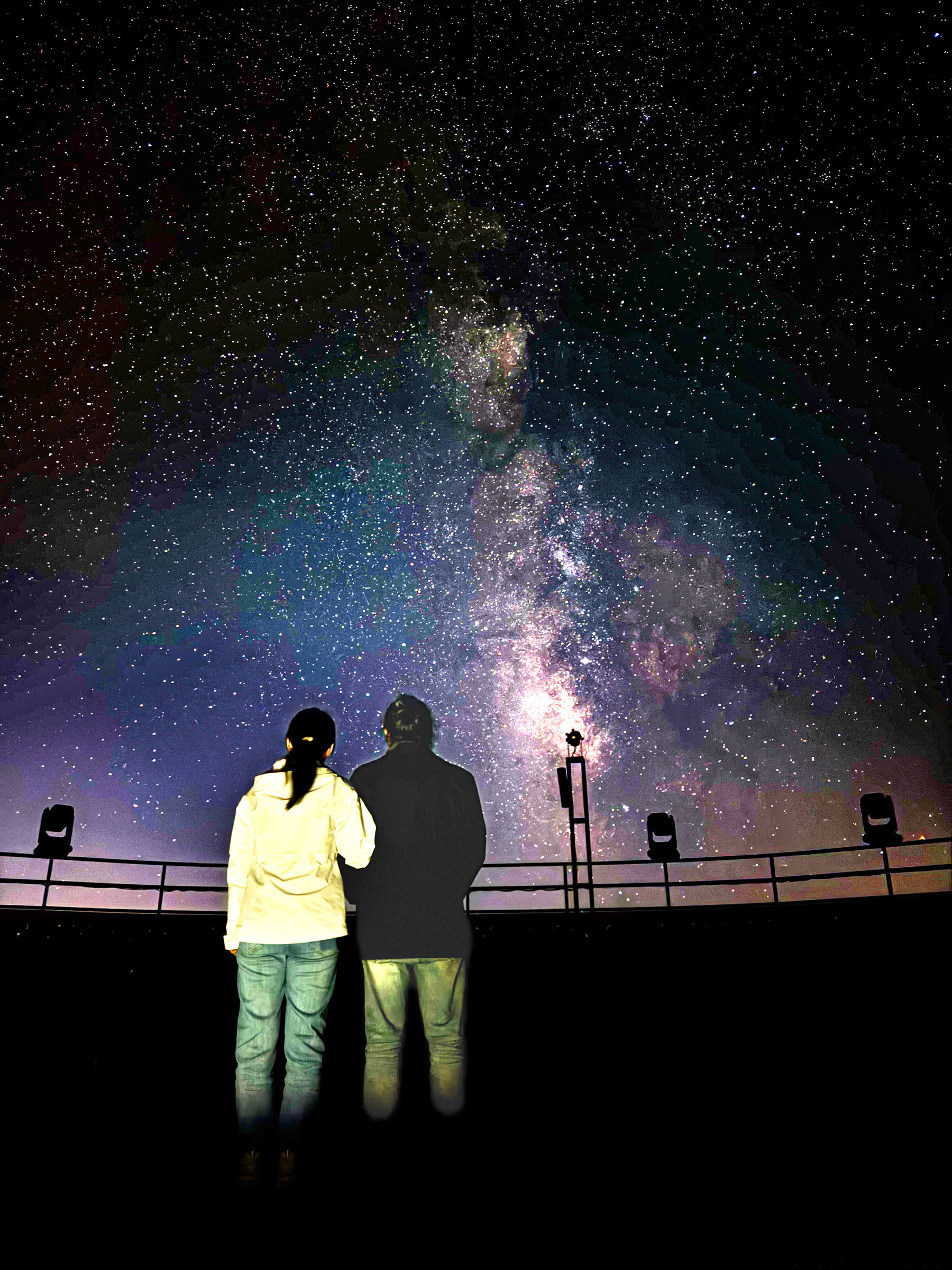
'Cloud houses'
Yurts are traditional portable dwellings of pastoral Mongolian tribes. It takes a few hours to assemble or disassemble them, and they are traditionally made with a collapsible wooden lattice framework covered in felt or other fabrics. A round skylight serves as lighting and ventilation, offering warmth and protection against the harsh climate and changing weather.
In Qahar Right Wing Rear Banner, I met Tunreg, an intangible cultural heritage inheritor who has been integrating modern concepts and technology into traditional yurt manufacturing. His pasture sits next to the over-350-year-old Tibetan Buddhist Agui Temple.
During a tour of his workshop, he showed me various frame parts made of imported Mongolian Scots pinewood, some inscribed with auspicious patterns. These irregular-shaped components, made with computer numerical control tools and assembled largely with sunmao (mortise-and-tenon) joints, are used to construct yurts as large as 16 meters in diameter.
An art major graduate, Tunreg developed elevated yurts he calls "cloud houses", which look like triple-conjoined white yurts that appear to be "floating on the grassland".These structures feature separate rooms and modern bathroom facilities, enhanced thermal insulation materials, and solar panels on top.
He also transformed zuoluozi, a type of conical dwelling of hunting ethnic groups such as the Ewenki and Oroqen that inhabit northeastern China. While preserving the traditional style, Tunreg has converted zuoluozi into two floors to accommodate guests.
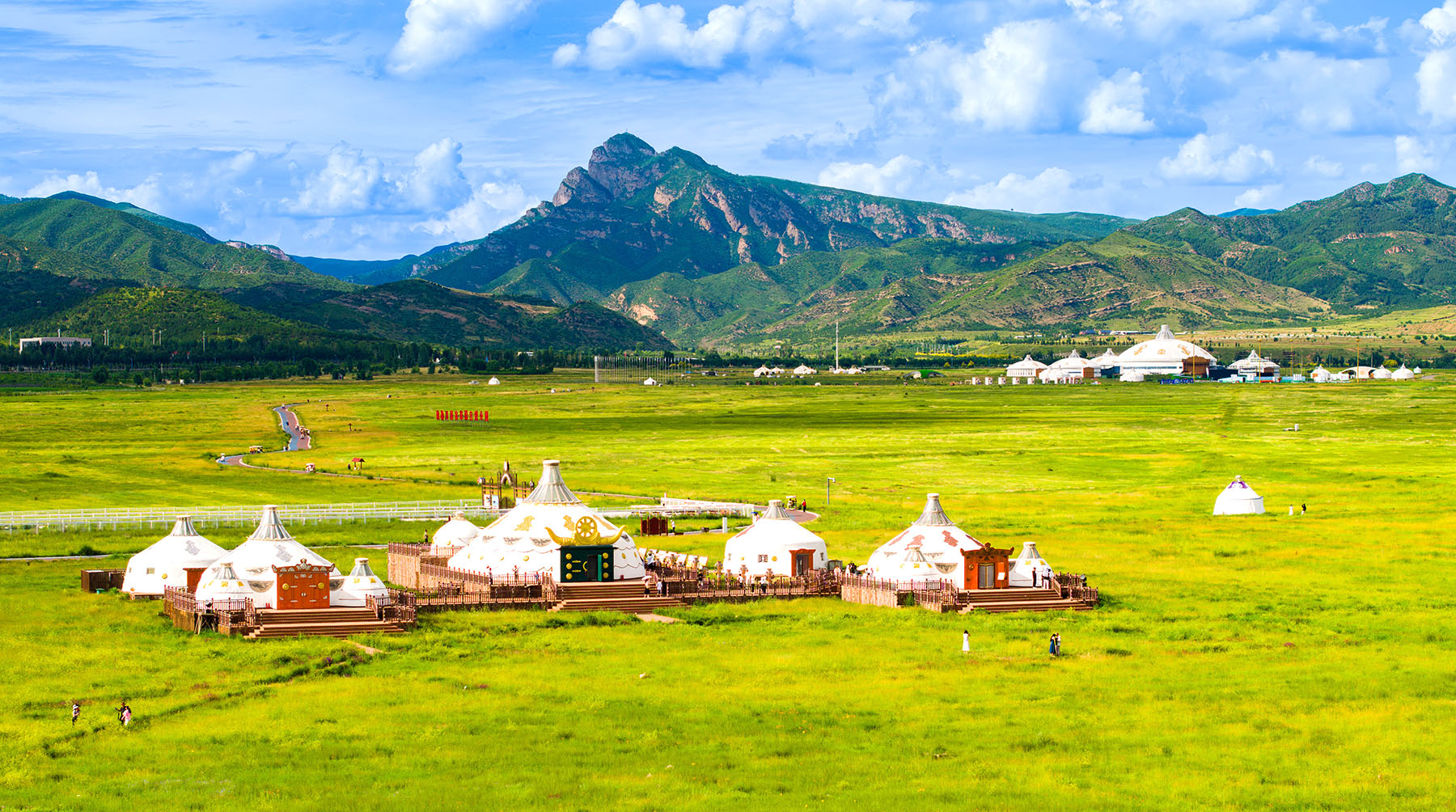
His inventions have been adopted by some tourist spots and guesthouses in the Inner Mongolia autonomous region, as well as exported to Mongolia.
Tunreg led me through these traditional and modernized yurts while introducing the Mongolian nomadic culture, one that reveres nature and values courtesy.
He said the Mongolians in particular cherish two kinds of skins for daily life — animal hides and birchbark. He showed me cowhide horsewhips with intricate weaving and birchbark artworks he created, for which he kept the original mosses as adornments.
ALSO READ: Shaping a future for ancient craft
I was impressed by the nomads' self-sufficient lifestyle, which enables them to procure food, shelter, clothing and transportation through their strength and wisdom. He says that during migration, Mongolian nomads developed a tradition of embracing diverse influences to enrich themselves.
Even though few maintain a nomadic lifestyle in modern times, Tunreg is promoting the authentic culture to urban audiences through creative souvenirs, study tours, and cultural experience events.
The inheritor says that a flourishing tourism industry ultimately hinges on interpreting and preserving traditional culture as a solid foundation upon which innovation can thrive and market potential is nurtured.
If you go
- Getting there: It takes around two hours to reach Ulaanqab in the Inner Mongolia autonomous region from Beijing by high-speed train, and a further 40 minutes to Hohhot. It's about a one-and-a-half-hour flight from either Beijing or Hohhot to Xiliinhot, a major city of the Xiliin Gol League.
- Transportation: To explore the major scenic spots of Ulaanqab, a road trip is necessary, either self-driving or hiring a driver. In downtown Hohhot, public transportation and car-hailing services are convenient.
- Food: Delectable lamb dishes are a must-have in Xiliinhot, so is Hohhot's shaomai that's often eaten with brick tea.
- Best time to visit: The optimal time to relish the vast grasslands is from June to September, with the summer vacation period being highly recommended for immersing yourself in abundant greenery.
- Weather: The grassland experiences diverse weather patterns, so it's crucial to prioritize sun protection and pack windproof clothing for your trip.
Yuan Hui contributed to this story.
Contact the writer at fangaiqing@chinadaily.com.cn


